How to install concrete anchors.How to attach timber / wood to concrete or any other SOLID masonry surface using masonry anchors / DynaBolts. DynaBolts (that's the name for this particular anchor in Australia. They are know by other names in other countries) are the ideal anchor for attaching almost anything to solid masonry such as concrete. This video will look at attaching timber to a concrete floor.
The Tools You'll Need Are:
Hearing protection,
Dust Mask.
Goggles.
Bike pump (to remove the concrete dust from inside the hole after you've drilled it).
A hammer drill or rotary hammer drill.
A suitable concrete anchor.
A masonry drill bit suitable to the diameter size of your anchor. For example, if the diameter of your masonry bolt is 10mm, you would use a 10mm masonry drill bit.
A hammer, and a
Torque wrench, spanner or socket to tighten the anchor once installed.
The steps to attach timber to concrete using masonry anchors are as follows:
Step 1:
First of all position your timber in place and pre-drill (if necessary) the hole (in the timber) where you want the concrete anchor to go. Personally l don't pre drill. If you have a rotary hammer drill it is quite capable of drill through timber (pine framing) using a masonry drill bit.
Step 2:
With the timber in place and using your hammer drill or rotary drill, drill the hole in the concrete making sure that depth of the hole is about 10mm deeper than the length of the anchor. This will ensure that the even if there is a little bit of debris left in the bottom of the hole after drilling, the anchor won't bottom out to early leaving it proud of the surface of the timber. Trust me, you don't want this to happen. Please be aware that the thickness of concrete on a typical ground floor slab is is only around 100mm or 4 inches unless it is the perimeter of the building which is actually quite thick. You don't want to drill any deeper than that other wise you will penetrate right through the slab and the plasic barrier beneath the slab which can lead to moisture drawing up through the hole in the plastic and concrete. Anyway, once you've drilled to your desired depth, run the drill up and down a few times to help clear the dust out of the hole. Leaving the drill in the hole, dust the dust away from the hole. Once drilled ensure that all the concrete dust is removed from in and around the hole. Using a bike pump is a great way of removing excess dust from the hole.
Step 3:
Insert the anchor into the hole (please be aware that concrete anchors are made in a variety of materials. Some are suitable only for indoor use and others are suitable for indoor and outdoor use. Read the back of the packet for details). You use your hammer at this point to tap the anchor in.
Finally, using your spanner or socket (the correct way is to use a torque wrench but not to many people have these., tighten the nut on top until tight and you're done!!!!
Bonus Tip: When drilling into concrete, a rotary hammer drill is far more effective tool than the standard hammer drill. They only cost around $60.00. Well worth the investment!
Thanks for watching.
Cheers, Uncle Knackers.
Just updated your iPhone? You'll find new emoji, enhanced security, podcast transcripts, Apple Cash virtual numbers, and other useful features. There are even new additions hidden within Safari. Find out what's new and changed on your iPhone with the iOS 17.4 update.
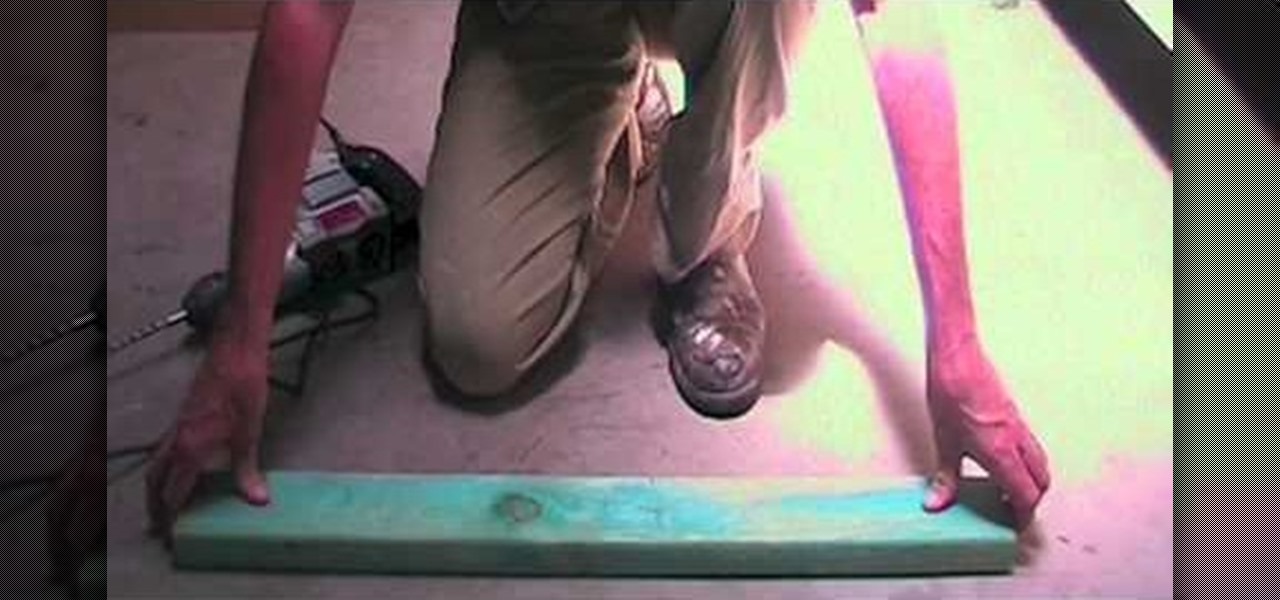



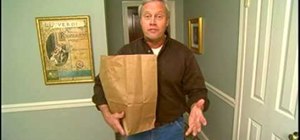

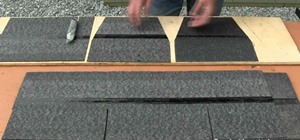
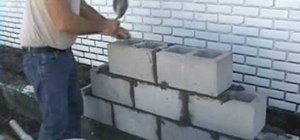
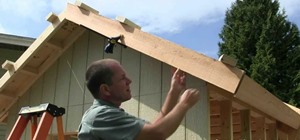
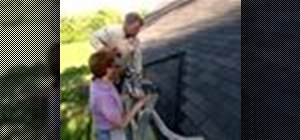
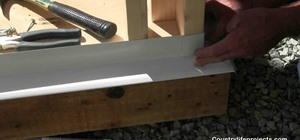
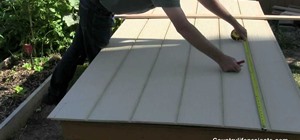
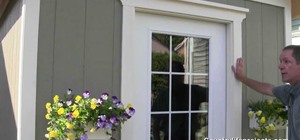
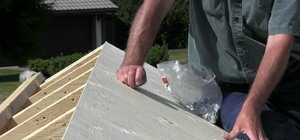
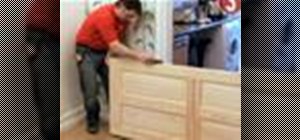
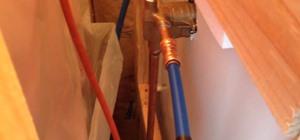
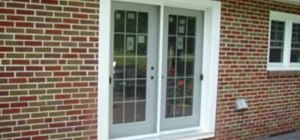
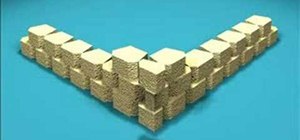

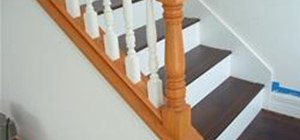
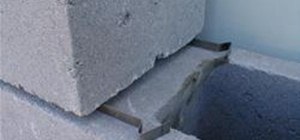
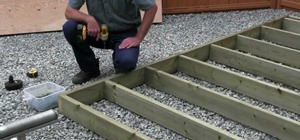

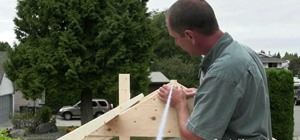
1 Comment
really helpful thanks
Share Your Thoughts